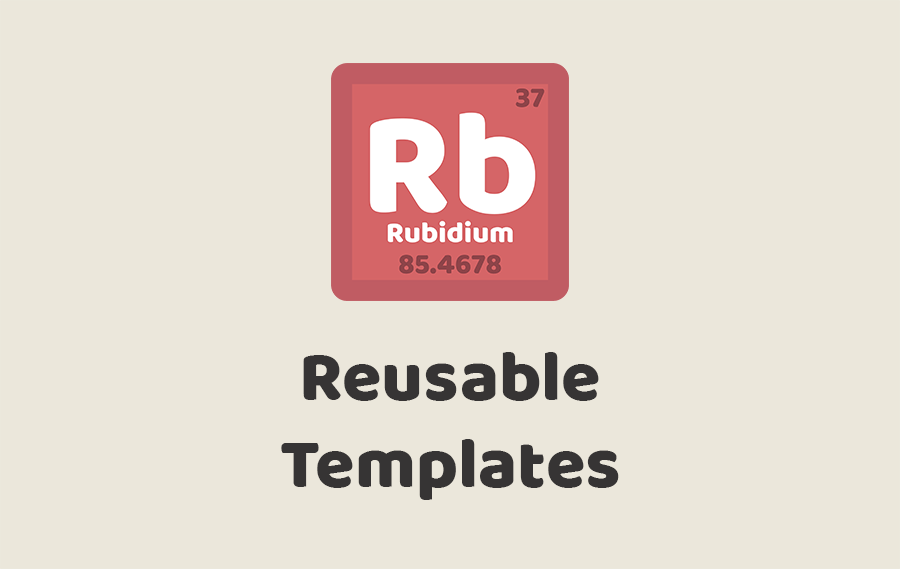
Summary
Application Templates are a great way to get a base for your application. However, once you have used the template, it doesn't serve any further purpose. In this episode, we look at the power of Templates in a reusable application for existing applications.rails template 8:09
Pro Monthly
$
19
/mo
Access to Pro Episodes
Invite to Slack Channel
Priority Suggestions
Ad Free
Pro Annual
$
190
/yr
Access to Pro Episodes
Invite to Slack Channel
Priority Suggestions
Ad Free